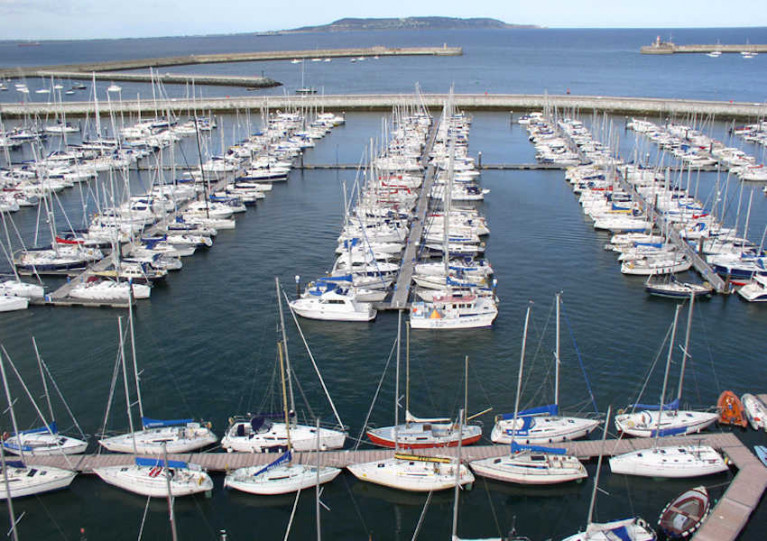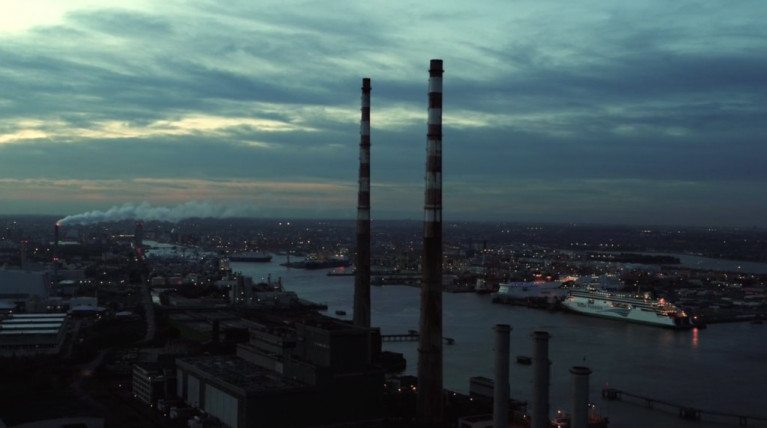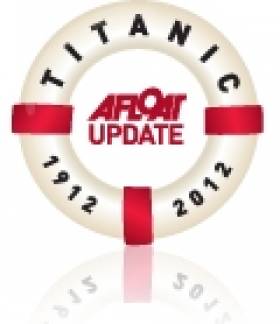Displaying items by tag: travel
Anyone wishing to bring a yacht into an Irish port from abroad will have to wait a little longer as the official line remains “essential travel only”.
Despite last week’s slight relaxation of movement restrictions within Ireland — with people now allowed to travel within their own county or within 20km of home if crossing a county border — there has been no change for boaters hoping to sail here from abroad.
And indeed, the new mandatory hotel quarantine (MHQ) measures may further complicate matters.
As far as one prominent Dublin marina is concerned, there are no berths open for foreign vessels under the current level of COVID-19 restrictions.
“In general, as we in Dun Laoghaire Marina do not allow quarantining aboard at the marina, we are politely declining any requests for visits from foreign-owned boats,” general manager Paal Janson says.
While the Department of Transport “are happy for the marina to take responsibility for issuing or even collecting passenger locator forms”, DL Marina management have declined to take on this responsibility, he adds.
Other ports may have different arrangements, and interested parties are recommended to seek written consent from the relevant harbour/port authority. “It may be no harm to receive advice from [email protected],” Janson adds.
But as the official line remains ‘essential travel only’, he is of the opinion that “holidaying yachtsmen are not high on the list of priorities” for Transport officials for the time being.
“The feeling is once cruise ships are allowed into Irish ports and harbours again, then foreign yachts will be similarly welcomed back,” Janson says.
“I think now the focus should shift towards allowing people who are vaccinated to travel freely,” Janson says. “The issue of vaccination passports, harmonisation of travel within EU states, etc. must now be considered and a pathway back to normality be created.
“The end of this unprecedented pandemic is close at hand and we need now to be looking at all avenues for the resumption of travel, sport and business.”
Differing Travel Strategies on Island - Ministers Discuss
Differences in policy between north and south on travellers arriving at ferryports and airports have been discussed by Minister for Health Stephen Donnelly and his Northern Ireland counterpart Robin Swann.
The different strategies, reports RTE, mean there are gaps in Covid-19 measures on both sides of the border.
Last week, there were heated exchanges about some of these anomalies during a video conference involving senior figures in both administrations.
All passengers arriving at airports and ports in the Republic of Ireland must have evidence of a negative coronavirus test and complete a locator form with details of their intended destination.
Travellers heading to Northern Ireland, including those from Great Britain, must abide by these regulations.
But the information on the locator form is currently not passed on to the Northern Ireland authorities because of data protection issues.
More on the story here.
Travel YouTubers Make Waves Along Ireland's Wild Atlantic Way
#WildAtlanticWay - Popular travel YouTube duo the Vagabrothers have been posting clips from their current trip along Ireland's Wild Atlantic Way - including a "super relaxing" kayaking adventure off West Cork.
As TheCork.ie reports, Californian brothers and self-professed vagabonds Marko and Alex Ayling paddled in the company of Atlantic Sea Kayaking's Jim and Maria Kennedy as part of their extensive tour of the country at the invitation of Tourism Ireland.
Once back on shore, the Aylings were treated to a surprising seaweed lunch at the Union Hall café run by the Kennedy's own daughter.
The video above is just one of a series that's taken the brothers surfing in Strandhill, cliff-jumping in the Aran Islands and tucking into an oyster feast in Co Galway.
And it comes as Lonely Planet recommends the Wild Atlantic Way as the world's best offbeat coastal road trip, according to Galway Bay FM.
The whole of the Vagabrothers' Irish adventure so far can be found on YouTube HERE.
Titanic Belfast 'Is Designed to Impress'
#TITANIC - The Independent's Simon Calder reports on his special preview of Titanic Belfast, the £97 million (€116.3 million) tribute to the ill-fated ship on Belfast Lough.
"For once, the term 'of Titanic proportions' applies literally." he writes. "The top of the five-storey building is exactly as high as the tip of Titanic when the transatlantic liner was completed at the Harland and Wolff yard a century ago."
The monument is not only intended as a tribute to the tragedy, but also as a beacon to attract tourists to the "open, friendly city" of Belfast that has emerged after decades of the Troubles.
The travel writer compares the city's plans to the renaissance of Bilbao in northern Spain - like Belfast, a former shipbuilding centre damaged by terrorism that has become "a vibrant, elegant city that stands alongside Amsterdam, Barcelona and Berlin" thanks in part to the bold architecture of the Guggenheim museum.
Calder adds: "Almost every aspect of Titanic Belfast chimes with the city beyond the structure's metal jacket and big windows. And as with Titanic herself, the fitting out is designed to impress."
As previously reported on Afloat.ie, Titanic Belfast will be one of the largest employers in Northern Ireland’s tourism industry, as well as one of the North’s largest recruiters, when it opens later this month.
The Independent has much more on the story HERE.


























































